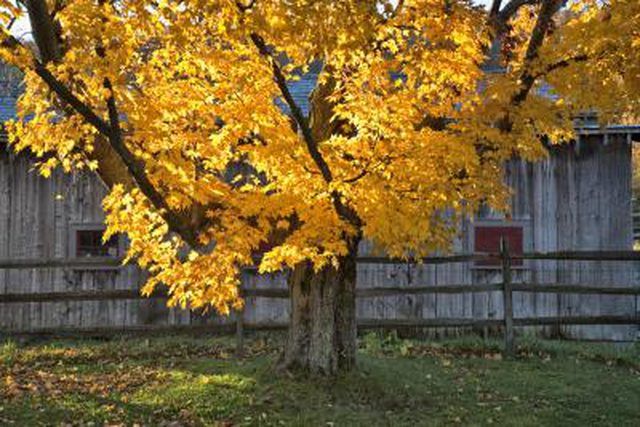Bulbs
Flower Basics
Flower Beds & Specialty Gardens
Flower Garden
Garden Furniture
Garden Gnomes
Garden Seeds
Garden Sheds
Garden Statues
Garden Tools & Supplies
Gardening Basics
Green & Organic
Groundcovers & Vines
Growing Annuals
Growing Basil
Growing Beans
Growing Berries
Growing Blueberries
Growing Cactus
Growing Corn
Growing Cotton
Growing Edibles
Growing Flowers
Growing Garlic
Growing Grapes
Growing Grass
Growing Herbs
Growing Jasmine
Growing Mint
Growing Mushrooms
Orchids
Growing Peanuts
Growing Perennials
Growing Plants
Growing Rosemary
Growing Roses
Growing Strawberries
Growing Sunflowers
Growing Thyme
Growing Tomatoes
Growing Tulips
Growing Vegetables
Herb Basics
Herb Garden
Indoor Growing
Landscaping Basics
Landscaping Patios
Landscaping Plants
Landscaping Shrubs
Landscaping Trees
Landscaping Walks & Pathways
Lawn Basics
Lawn Maintenance
Lawn Mowers
Lawn Ornaments
Lawn Planting
Lawn Tools
Outdoor Growing
Overall Landscape Planning
Pests, Weeds & Problems
Plant Basics
Rock Garden
Rose Garden
Shrubs
Soil
Specialty Gardens
Trees
Vegetable Garden
Yard Maintenance
Growth Rates of Maple Trees
Growth Rates of Maple Trees. Maple trees vary widely in color, size, shape and growth rate, depending on the type. Dozens of maple tree varieties exist, located in areas throughout the United States.

Maple trees vary widely in color, size, shape and growth rate, depending on the type. Dozens of maple tree varieties exist, located in areas throughout the United States.
Fast
Considered by some people as a poor quality tree, the red maple actually grows quickly and vigorously when provided with the proper growing conditions and maintenance. The silver maple has a fast growth rate as well, but often proves difficult to grow because of its susceptibility to ice damage and wind breakage.
Moderate
The Florida maple grows at a moderate pace in USDA plant hardiness zones 6b through 9a, reaching a final height of around 60 feet. The Norway maple grows at a similar pace, with a maximum annual increase of no more than 18 inches, but remains hardy through Zone 4.
Slow
Examples of slow-growing maples include the Japanese maple tree and the sugar maple, averaging an annual growth of only 12 inches. While the Japanese maple tree rarely reaches more than 25 feet at maturity, the sugar maple grows to 100 feet or more when fully grown.